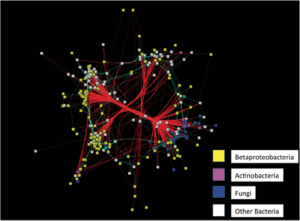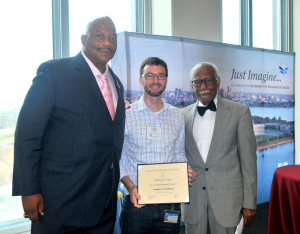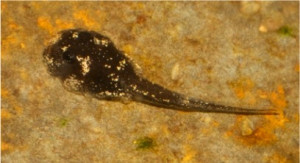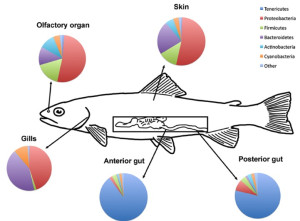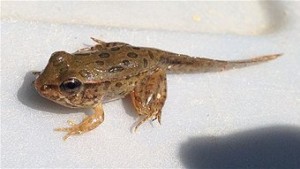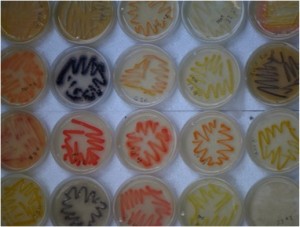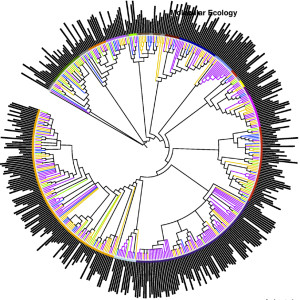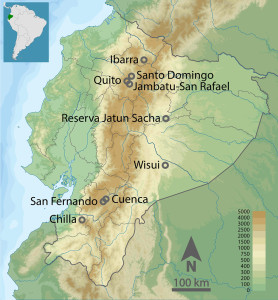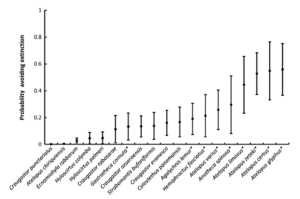
Ranked probability of avoiding extinction through captive breeding for Panamanian
amphibian species perceived to be most susceptible to Batrachochytrium dendrobatidis (Bd)
Dr. Woodhams contributed expertise on Panamanian amphibians to a risk assessment and probability of avoiding extinctions through captive breeding programs. The expert assessment approach refines priorities for captive amphibian programs in Panama and identifies priority conservation actions with a clearer understanding of the probability of success.
Gratwicke B, Ross H, Batista A, Chaves G, Crawford AJ, Lara LE, Estrada A, Evans M, Garelle D, Guerrel J, Hertz A, Hughey M, Jaramillo CA, Klocke B, Mandica M, Medina D*, Richards-Zawacki CL, Ryan MJ, Sosa-Bartuano A, Voyles J, Walker B, Woodhams DC, Ibañez R. 2015. Evaluating the probability of avoiding disease-related extinctions of Panamanian amphibians through captive breeding programs. Animal Conservation, in press.
